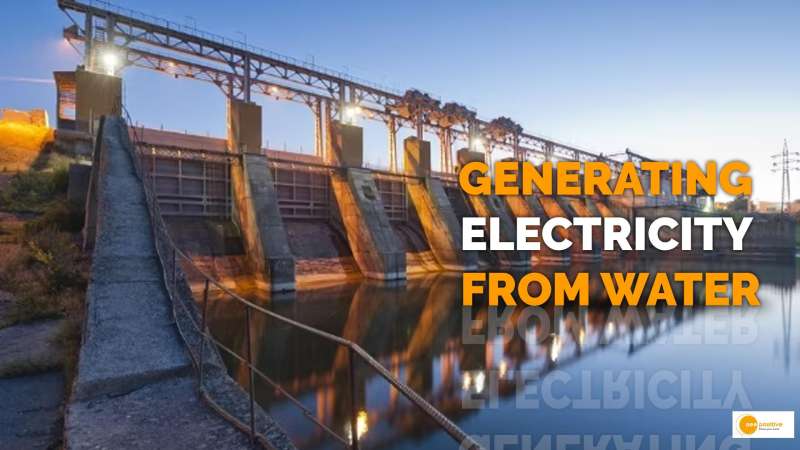

Chhattisgarh is embracing a pioneering technique to produce electricity from water, taking a step forward in its energy journey. Currently, the state has four hydroelectric projects at dams, which are contributing to a year-round electricity supply. However, the challenge arises during low water levels in these dams, causing a drop in power generation, particularly during hot months.
Expanding Hydro Power Plants for Reliable Energy
In response to this issue, the government has decided to set up five new hydel power plants with innovative pump storage technology, in addition to the existing dams. This initiative aims to ensure consistent electricity production throughout the year. Unlike the cost-intensive thermal power plants that require around ₹4 per unit to generate electricity, water-based electricity costs only 50-60 paise per unit.
Powering Towns and Villages
Innovative power plants have been set up in Gangrel and Sikasar, generating a considerable amount of electricity using water. Gangrel alone produces approximately 60,000 units of electricity daily, with the potential to illuminate nearby towns like Navaraipur and Dhamtari for an entire year. Similarly, Sikasar’s 3.5 MW capacity hydel plants have been producing 7 MW of electricity daily since August 1.
Water-based vs. Coal-based Electricity
Compared to thermal power plants that use coal and cost ₹4 per unit, water-generated electricity costs only ₹3 per unit. With its abundance of water resources, Chhattisgarh is capitalizing on this advantage to produce cost-effective and environmentally friendly electricity.
Future Expansion Plans
Chhattisgarh’s commitment to hydroelectric power continues with plans to establish additional pump storage hydel plants at Bango Dam, Dangari, Durgapur, Ranjhi, and Kotapalli. These projects, with a combined capacity of 770 MW, aim to meet the state’s growing electricity demands and promote sustainable energy practices.
National Trends in Hydel Power
Chhattisgarh is not alone in its pursuit of water-based electricity. Across India, states like Telangana, Tamil Nadu, Maharashtra, and West Bengal have also initiated similar pump storage hydel projects. These projects, collectively producing over 3305.60 MW of electricity, highlight the nation’s shift towards renewable energy sources.
By leveraging the power of water, Chhattisgarh is illuminating the path to affordable and sustainable electricity for its residents, setting a remarkable example for the entire country.


